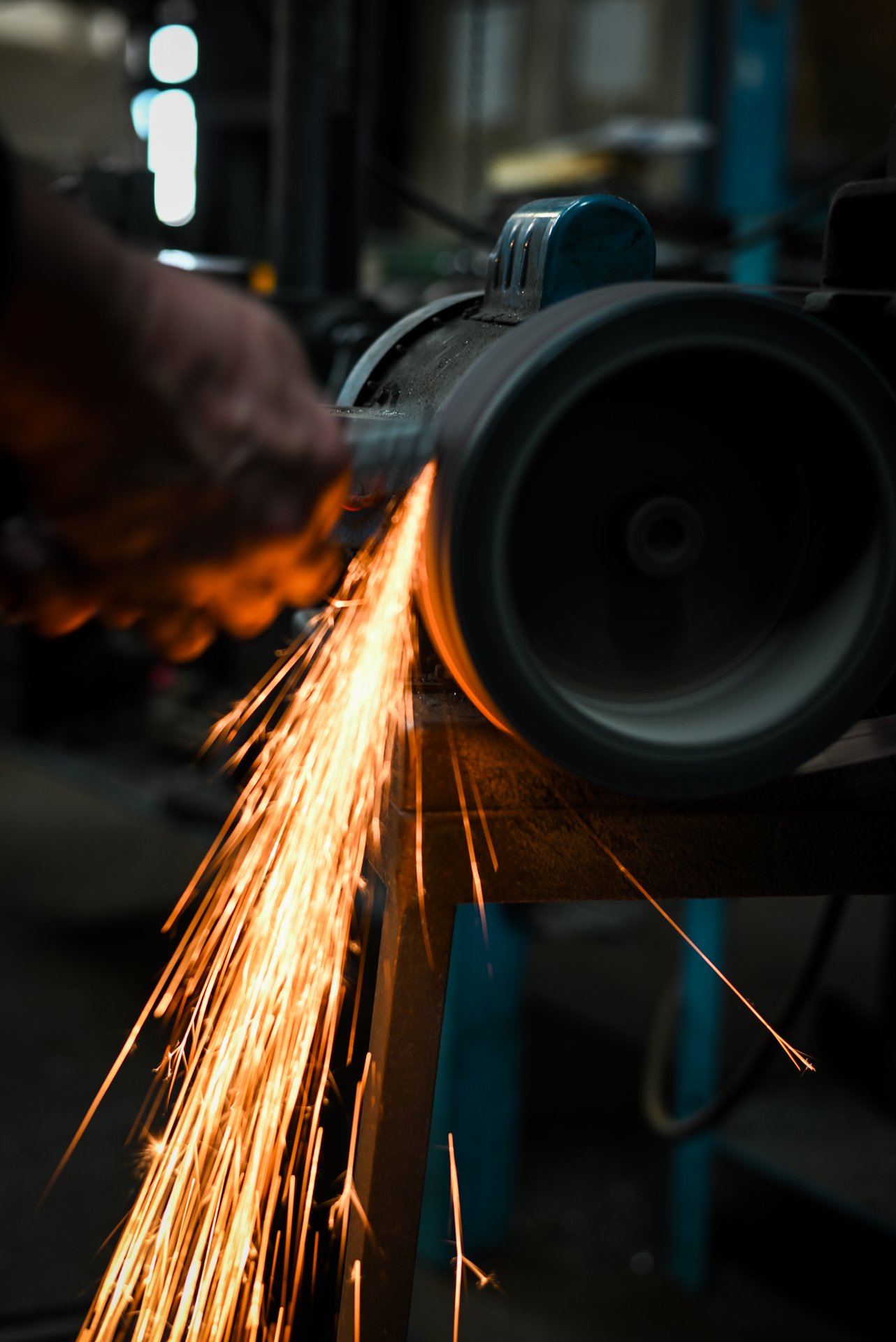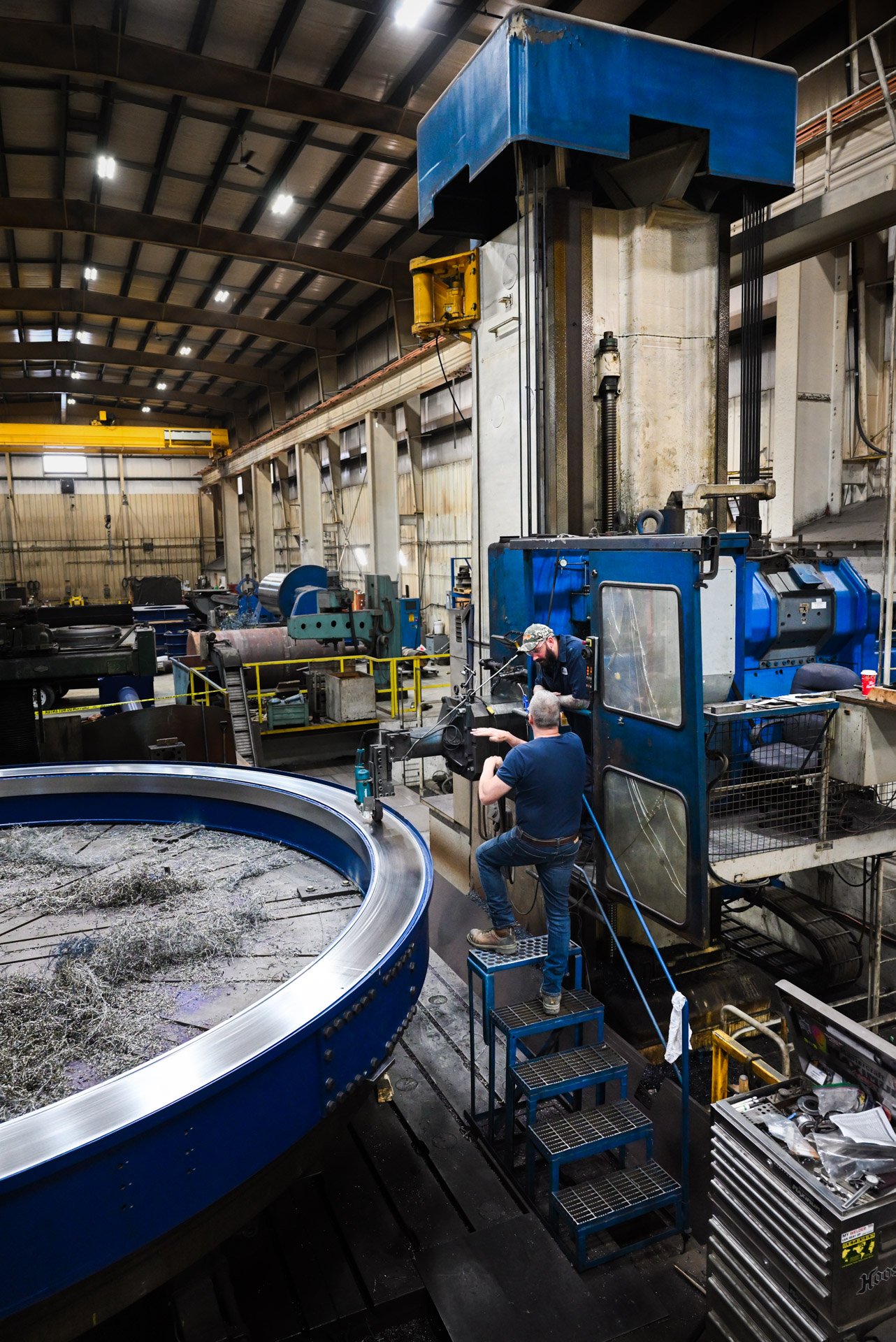The Role of Industrial Photography in Documenting Technological Advancements
The importance of industrial photography in capturing and preserving technological advancements
Industrial photography plays a crucial role in documenting and preserving the ever-evolving landscape of technological advancements. As industries continue to push the boundaries of innovation, it becomes increasingly essential to visually capture and chronicle the progress made in various sectors. From manufacturing processes and machinery to cutting-edge research and development, industrial photography serves as a powerful tool in capturing these advancements. This article explores the significance of industrial photography in documenting technological progress, delving into its historical evolution, technical considerations, applications in industrial settings, and its impact on research and development. Additionally, it examines the ethical and legal considerations surrounding industrial photography and offers insights into future trends that may shape the documentation of technological advancements.
In the fast-paced world of technology, advancements are constantly being made, and it's crucial to have a means of capturing and preserving these developments. This is where industrial photography comes in. Visual documentation plays a significant role in the industrial sector, enabling professionals to record and showcase the progress that has been made.
Photography serves as a powerful tool for capturing technological advancements. Through carefully composed images, industrial photographers can showcase the intricate details and innovations that lie within complex machinery and processes. From the smallest components to large-scale installations, photography allows for a comprehensive documentation of advancements that might otherwise go unnoticed.
Historical Perspective: The evolution of industrial photography as a documentation tool
Before the digital age, industrial documentation relied on traditional film photography. It was a time-consuming process that required careful planning and precise execution. Photographers would capture images on film and then develop them in darkrooms, often producing stunning black and white photographs that showcased the industrial landscape.
Throughout history, there have been pioneers who pushed the boundaries of industrial photography. One such example is Margaret Bourke-White, a renowned photographer who captured iconic images of industrial scenes. Her work not only documented technological advancements but also provided a unique perspective on the human element within these industrial settings.
Technical Considerations: Equipment, techniques, and challenges in industrial photography
Industrial photographers rely on a range of equipment to capture the intricacies of technological advancements. This includes high-quality cameras with advanced sensors, specialized lenses for capturing close-up details, and lighting equipment to properly illuminate the subjects. Additionally, tripods or stabilizers are necessary to ensure sharp images in challenging industrial environments.
Photographing technological advancements requires specialized techniques to highlight the unique aspects of the subject. This may involve using macro photography to capture intricate details, incorporating long-exposure techniques to show movement, or using high-speed photography to freeze fast-paced processes. These techniques help tell the story of technological advancements through visually captivating images.
Industrial photography presents its fair share of challenges. From navigating hazardous environments to dealing with poor lighting conditions, photographers must adapt and find solutions to capture the desired shots. This often requires collaboration with industrial professionals to ensure safety and access to restricted areas. Flexibility, resourcefulness, and a keen eye for detail are essential in overcoming these challenges.
Applications in Industrial Settings: How photography is used to document technological processes and innovations
Photography plays a vital role in documenting the development of new technologies. From concept designs to prototypes and final products, photographers can visually record each stage, providing a comprehensive timeline of the advancements. These images serve as valuable resources for researchers, engineers, and historians studying the evolution of technology.
Industrial photography allows for the capture of machinery and processes in action, showcasing the intricate interplay of components and the efficiency of technological advancements. These dynamic images not only provide visual documentation but also help professionals identify areas of improvement, optimize workflows, and enhance safety measures.
Photography is essential in visualizing the implementation of technological advancements. By capturing images of how these advancements are integrated into existing systems or environments, photographers help stakeholders understand and appreciate the impact of the advancements. Visual documentation aids in communicating the benefits and potential challenges associated with adopting new technologies.
In conclusion, industrial photography plays a vital role in documenting and preserving technological advancements. Through visual documentation, professionals can capture the intricacies, progress, and impacts of these advancements. By employing specialized techniques, overcoming challenges, and utilizing the right equipment, photographers bring these technological innovations to life, enabling a better understanding and appreciation of the ever-evolving industrial landscape.
Impact on Research and Development: The role of industrial photography in advancing technological advancements
Industrial photography plays a crucial role in supporting research and development efforts by providing visual evidence of technological advancements. When scientists, engineers, and innovators are working on cutting-edge projects, they often rely on visual documentation to analyze and understand their work. High-quality industrial photographs capture the intricate details and intricate mechanisms that words alone cannot convey. These visual records become invaluable tools for analyzing and improving existing technologies, as well as inspiring new breakthroughs.
In the world of technological advancements, collaboration and knowledge sharing are key to progress. Industrial photography facilitates this process by serving as a universal language that transcends barriers. Through photographs, experts from different fields can visualize and grasp complex concepts more easily, leading to better communication and collaboration. Whether it's sharing images of prototypes, test results, or production processes, industrial photography helps foster a culture of innovation and continuous improvement.
6. Archiving and Preservation: The significance of industrial photographs in documenting technological history
Industrial photographs serve as valuable historical artifacts, preserving the visual history of technological advancements. As time progresses, technologies inevitably evolve, and older models become obsolete. However, through industrial photography, we can capture and immortalize these advancements, ensuring that future generations have a visual record of our technological heritage. These photographs not only provide a glimpse into the past but also serve as a source of inspiration and reference for future innovations.
Proper archiving and organization of industrial photographs are essential for easy retrieval and future reference. As the volume of industrial photographs continues to grow, it becomes crucial to establish efficient systems and platforms for storing and categorizing these visual records. By implementing comprehensive archiving practices, we can ensure that industrial photographs remain accessible and usable for research, education, and inspiration. Proper organization also allows for the seamless integration of historical images with contemporary technologies, bridging the gap between the past and present.
Ethical and Legal Considerations: The rights and responsibilities of industrial photographers in documenting technological advancements
Industrial photographers must navigate ethical and legal considerations when documenting technological advancements. It is essential to obtain consent from individuals appearing in the photographs, respecting their privacy and confidentiality. Additionally, when photographing sensitive areas or proprietary technologies, photographers must adhere to strict guidelines to protect intellectual property rights and trade secrets. Balancing the need to document advancements with respecting the rights and privacy of individuals and organizations is crucial in the field of industrial photography.
Photographing sensitive technological information requires ethical guidelines to be followed diligently. Industrial photographers must be aware of the potential impact their photographs can have, especially if they fall into the wrong hands. It is their responsibility to ensure the integrity and security of the information they capture. This often involves working closely with organizations to determine what can and cannot be photographed, as well as employing techniques to obfuscate or protect sensitive details. By upholding ethical standards, industrial photographers can contribute to a safe and responsible documentation of technological advancements.
Future Trends: The potential of industrial photography in shaping the documentation of technological advancements
The field of industrial photography is constantly evolving, with new techniques and technologies emerging. Innovations such as 360-degree photography, drone photography, or even virtual reality can revolutionize the way we document and visualize technological advancements. These advancements in photography techniques enable us to capture and present industrial processes and complex machinery from unique perspectives, providing new insights and understanding. Harnessing these innovations will shape the future of documenting and communicating technological advancements.
The integration of industrial photography with emerging technologies holds immense potential for documenting technological advancements. As industries embrace automation, artificial intelligence, and augmented reality, industrial photographers can leverage these technologies to capture and present information in more engaging and interactive ways. For example, using augmented reality, users can digitally overlay additional information onto photographs, providing a deeper understanding of the technology being documented. The possibilities are endless, and these advancements will undoubtedly redefine how we document and share knowledge about technological advancements.In conclusion, industrial photography plays a vital role in documenting and preserving technological advancements. Through the lens of a skilled photographer, the progress and innovations made in various industries can be visually captured and immortalized. From historical perspectives to future trends, the impact of industrial photography extends beyond mere documentation, fostering research, development, and knowledge sharing. As technology continues to advance at a rapid pace, the role of industrial photography will remain crucial in preserving our technological history and inspiring future generations.
FAQ
1. Why is industrial photography important in documenting technological advancements?
Industrial photography serves as a visual record of the progress made in various industries. It captures the development of new technologies, documents industrial processes and machinery, and provides valuable evidence for research and development. By visually documenting technological advancements, industrial photography preserves our technological history and inspires future innovations.
2. What are some challenges faced by industrial photographers?
Industrial photography presents unique challenges due to the nature of industrial settings. These challenges may include working in hazardous environments, dealing with low-light conditions, capturing fast-paced processes, and working in confined spaces. Industrial photographers must also navigate ethical considerations and ensure they have the necessary permissions to photograph sensitive technological information.
3. How can industrial photographs be effectively archived and preserved?
To ensure the longevity and accessibility of industrial photographs, proper archiving and preservation methods are essential. This may involve organizing and categorizing images, digitizing physical photographs, using metadata to provide context, and storing them in secure and climate-controlled environments. Adhering to best practices for preservation ensures that future generations can access and study these valuable visual records.
4. What does the future hold for industrial photography in documenting technological advancements?
The future of industrial photography is intertwined with emerging technologies. Advancements in equipment, such as drones and 360-degree cameras, offer new perspectives and possibilities for capturing industrial processes. Additionally, the integration of artificial intelligence and machine learning may streamline the organization and analysis of industrial photographs. As technology continues to evolve, industrial photography will continue to adapt and play a pivotal role in documenting and shaping the narrative of technological advancements.








